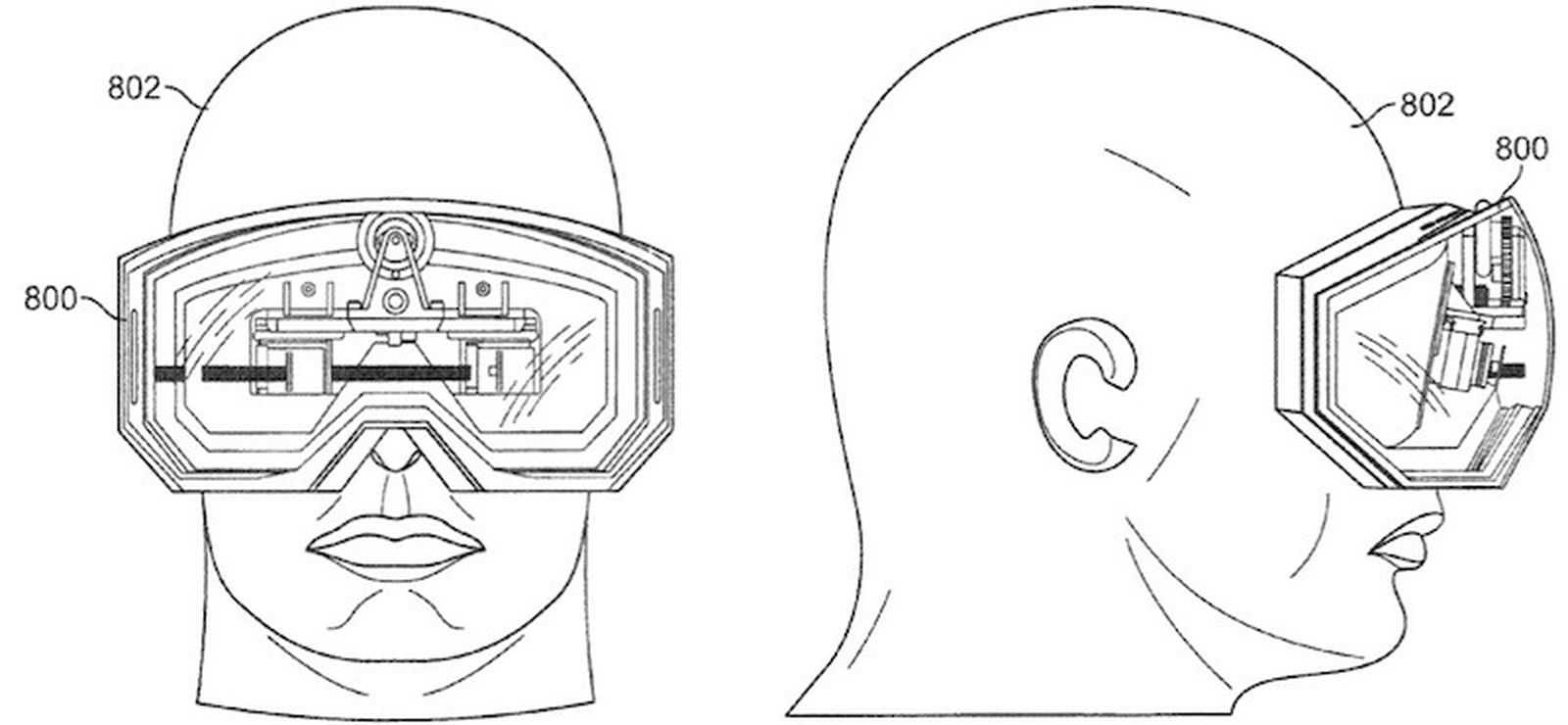03.code Combatmr. Mac's Virtual Existence
Our MAC Address API outputs a field called macAddressDetails.virtualMachine. If it detects that a Virtual Machine is using this MAC address, it outputs its vendor name (e.g. ”VMWare”). Otherwise, it outputs “Not detected”.
To detect the Virtual Machines, we build our VM Knowledge Base, which stores information about known relations between MAC addresses and Virtual Machines, and patterns, based on which the Virtual Machines assign MAC addresses to the virtual network interfaces.
After you set a certain static MAC address to a virtual machine adapter, you cannot power on the virtual machine. Problem In the vSphere Web Client, after you assign a MAC address within the range 00:50:56:40: YY: ZZ – 00:50:56:7F: YY: ZZ to a virtual machine, attempts to power the virtual machine on fail with a status message that the MAC. Being able to provision a Mac OS X machine on Azure, using Azure pricing, and potentially, Azure Virtual Networking, would be useful for developers wishing to set up build machines for iOS apps, and potentially other use-cases. MAC'S VIRTUAL EXISTENCE. Online Learning Home Design/Media 10 Design/Media 20 Design/Media 30 Saving and the Network Drive.
This information comes from the two sources:
- We constantly scan the Internet for such information. It’s systemized, stored and verified.
- Our research team installed the Virtual Machines and performed experiments, trying to identify patterns on how their network interfaces receive MAC addresses.
Virtual Machine’s MAC ranges
Detection rules which don't have their dedicated page yet
| Virtual Machine Name | OUI or range | References |
|---|---|---|
| Red Hat Xen, XenSource, Novell Xen | 00:16:3E:00:00:00 to 00:16:3E:FF:FF:FF | |
| Microsoft SCVMM (System Center Virtual Machine Manager) | 00:1D:D8:B7:1C:00 to 00:1D:D8:F4:1F:FF | |
| Microsoft Virtual PC / Virtual Server | 00:03:FF:00:00:00 to 00:03:FF:FF:FF:FF | |
| SWsoft | 00:18:51:00:00:00 to 00:18:51:FF:FF:FF | |
| bhyve by FreebsdF | 58:9C:FC:00:00:00 to 58:9C:FC:FF:FF:FF | |
| Nutanix AHV | 50:6B:8D:00:00:00 to 50:6B:8D:FF:FF:FF | |
| KVM (proxmox) | 54:52:00:00:00:00 to 54:52:FF:FF:FF:FF | |
| Hetzner vServer (based on KVM and libvirt) | 96:00:00:00:00:00 to 96:00:FF:FF:FF:FF | Self tested |

We are warmly welcoming your thoughts and suggestions with regard to this article. Please feel free to contact us!
More questions
In a Hyper-V host, the MAC addresses received by the VM’s network adapters are dynamic and are defined by the range of the host. I don’t want to repeat myself, I have written an article on this subject.
However, there are several cases that we need to have a static MAC address on a VM. For example, when we want to do DHCP Filtering or DHCP Reservations, or if an inventory service or even some application’s license is linked to a MAC address. In such a case, when we move the VM to another Hyper-V host, it must keep the same MAC address. Otherwise, if it had a dynamic address then it would get a new one.
Let’s see how we set a static MAC address to a VM in Hyper-V. As always, this can be done either through Hyper-V Manager or PowerShell.
Set static MAC address using Hyper-V Manager
First, make sure the VM is not running.
Open Hyper-V Manager and then VM settings. Here, expand the Network Adapter and go to Advanced Features.
To set the VM with a static MAC address, enable the Static option and enter the address you want.

Set static MAC address using PowerShell
03.code Combatmr. Mac's Virtual Existence Meaning


This is done using the Set-VMNetworkAdapter cmdlet as you can view below.

03.code Combatmr. Mac's Virtual Existence Software
Set-VMNetworkAdapter -VMName SRV01 -StaticMacAddress “00112233445566”
Finally, note that when you set up a static MAC address for a VM, be sure it is not within the dynamic address range generated by the Hyper-V host. If it is within the range, then it is possible to give the same address to another VM as the host does not control the management between static and dynamic addresses.
03.code Combatmr. Mac's Virtual Existence Server
Related posts:
